What is media buying and why do you need it?
You've probably seen short YouTube commercials before a video or even in the middle of watching it.
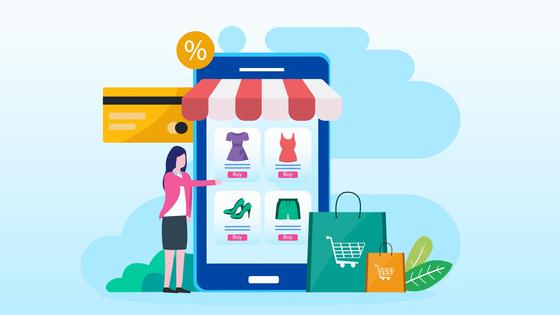
Or maybe you have seen ads for mobile games on apps like TikTok or text banners popping up on social media. What about classic TV commercials? Have you ever thought about who places all of these advertisements, negotiates their cost, and sets them up so that they have a benefit?
Media buying is the process of creating, buying, and placing ads. And there are specific rules that you can follow to get the most out of it for your business. But first things first!
Models and participants of media buying
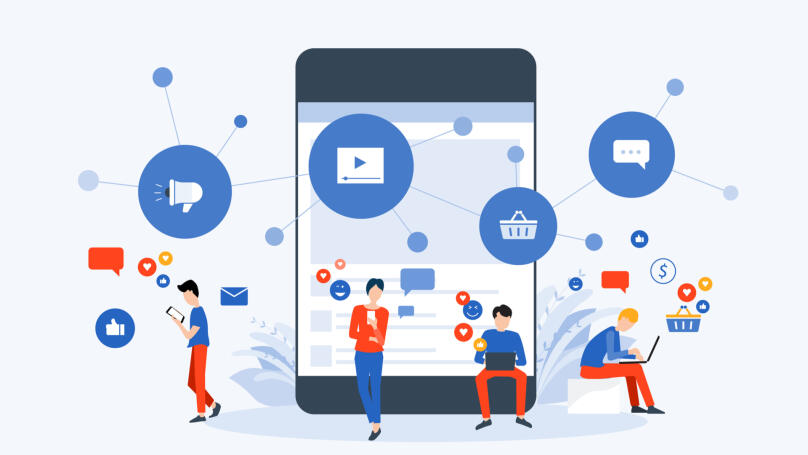
Media buying (literally "buying ads") is the rental of space on advertising platforms and airtime during which your ad is displayed. Entertainment sites, TV channels, radio, social media networks, and video hosting - all participate in media buying. At the same time, media buying can be massive (buying ads on multiple platforms at once, that is, a global approach to advertising) and targeted (buying ads on a specific resource). However, in any case, at least two people are involved in the media buying process:
-
Publishers - this is the name of the owners of advertising sites who set the price for the cost of their services and also set the requirements for placing an advertisement
-
Media buyers, or advertisers, are those who rent space on advertising platforms. They are also responsible for creating advertisements, determining the target audience and format, choosing the time of placement, etc.
Moreover, the advertiser does not necessarily act as a media buyer. Any business can turn to an agency specializing in media buying and entrust the preparation of advertisements to professionals. So then, three people take part in the process of media buying at once - a publisher, an advertiser (business), and a media buyer (who acts as a link between them).
Today there are several models of media buying that can be used simultaneously on different platforms at the same time, depending on a budget of the media buyer:
-
CPC (Cost Per Click) - This is the most popular media buying model. In this case, the advertiser pays only when a user who has viewed the ad performs the desired target action (for example, goes to the site).
-
CPL (Cost Per Lead) - The advertiser only pays for the ad when a user has completed and submitted the lead form. This model is rarely used as it is not profitable for publishers and is commonly found in the B2B marketing sector where a user needs to contact the company first before making a purchase.
-
CPA (Cost per Action) - The advertiser pays when a user performs a certain action on a website. For example, buys, registers, subscribes, etc.
-
CPM (Cost Per Mile) - The advertiser pays to simply show their ad, regardless of the performance of that ad. A set payment is made for every thousand views.
-
CPI (Cost Per Install) - This model is relevant only for mobile and computer applications when an advertiser pays for each download of its software to a computer or a mobile phone.
Suppose you don't want to contact an agency for media buying, and you don't want to contact publishers and negotiate with them. In that case, the media buying process can be automated. For this, special "demand-side platforms" are used, where traffic is purchased through direct interaction with advertising networks, exchanges, and sites. This saves you from having to jump from platform to platform manually. Also, using a demand-side platform often allows you to minimize the cost of placement and independently set up filters for displaying ads so that only your target audience can see it.
The advantages of media buying are as follows:
-
A really large selection of different media platforms makes media buying suitable for almost any business, sector, and product.
-
In automated media buying, human participation is minimized, and special algorithms are responsible for all transactions and ad impressions. At the same time, media buying also becomes fast and cheap, while the effectiveness of the advertisements remains at the same level.
-
The availability of real-time analytics through automated platforms and reports of the publisher.
-
The ability to personalize ad parameters and fine-tune targeting based on audience demographics.
There are only two drawbacks here, and they are indirect. First, you must carefully study the product and its audience before buying an ad. Then, in the event of a mistake, the ad will not be canceled and it will not have the desired effect. Secondly, cases of fraud are possible in digital advertising. For example, cheating impressions and clicks through bots so that the advertiser pays more. But, as a rule, only little-known platforms do this because well-known platforms value their reputation (but the prices there are also higher).
Lectera’s Online Courses by topic
What media buying looks like in practice
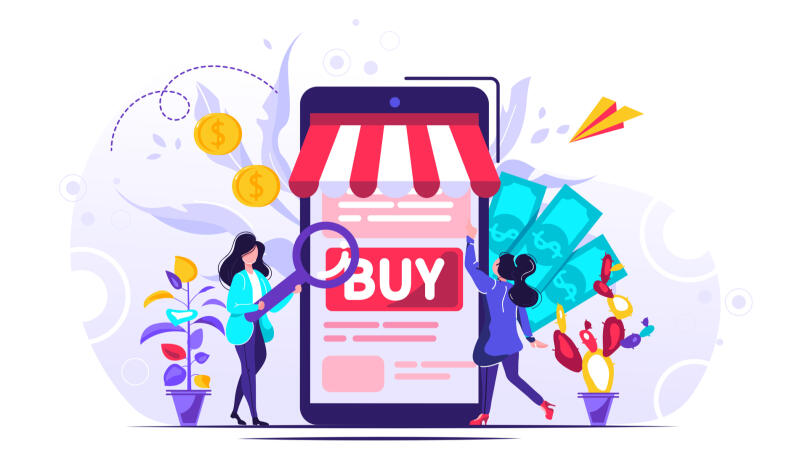
If you use the services of a media buying agency, then the media buyer, in this case, acts as an executor. That is, they will be responsible for implementing the plan you agreed upon. Media buying is a rather complicated thing, even if it sounds simple. This process is somewhat reminiscent of a game on the stock exchange, where speed, the ability to calculate risks, think strategically, and evaluate KPIs professionally are all critical. It is best to allocate a separate specialist from the marketing department for this if you don't want to contact agencies. At the same time, one single marketer cannot cope with media buying and planning.
Regardless of whether you are a media buyer yourself or a separately hired person, the media buying process looks like this:
Step #1 - Market Analysis
The first stage involves media research. That is, doing market analysis to determine the product's target audience and competitive advantages. You should rely on these results when choosing advertising sites and creating the advertisement itself.
Step #2 - Advertising campaign planning
You need to create a detailed plan of how and where you will move forward. To do this, you will need to collect a list of advertising sites where your advertising will be placed, the types of placement you are considering, suitable terms, different tariff options, and audience coverage. Also, define the KPIs and goals for your advertising campaign in advance. Otherwise, how will you know it has brought you the desired result? Finally, predict these results using the best, worst, and average scenarios and consider how you will adjust the advertising campaign in each case.
Step #3 - Negotiations with publishers
At this stage, the media buyer sets the budget for the advertising campaign and then begins to contact the publishers on the list to inquire about prices and negotiate terms. Here, by the way, your speaking and sales skills are extremely important! After all, a media buyer must try to negotiate a discount. Their job is to ensure that the company implements the selected advertising campaign and fits this advertising into the budget. Our "negotiation guru" course will help you with this. Here you will learn how to convince people and come to a mutually beneficial compromise during negotiations.
For example, to persuade a publisher to lower their original listing price, you might appeal to:
-
The promise of long-term cooperation in case of an acceptable price and the success of the campaign
-
The volume of purchased advertising space. For example, a discount for placing ads in several places at once on one platform
-
Seasonal discounts. For example, setting a price during a period when advertising on this platform is usually not purchased
-
A good personal relationship with the publisher.
The media buyer will also have to prepare advertising documents and finalize the deal. Only then can you proceed to the next stage.
Step #4 - Preparation of promotional materials
It is when the standard advertising development begins in the format the company needs and the publisher can host. The main task of the media buyer here is to ensure that all materials (texts, videos, banners, etc.) meet each platform's technical and political requirements. The course "Contextual Advertising" will teach you how to compose high-quality advertising texts and attract more traffic with classic targeting.
Step #5 - Conducting an advertising campaign and evaluating the results
After an advertising campaign's launch, the results' continuous monitoring begins. As soon as it becomes possible to track the first indicators, you should immediately adjust the media plan based on them if these indicators do not reach your forecasts. Based on the results of the first advertising campaign it will be possible to judge whether to continue cooperation with a particular publisher and how to organize the next advertising campaign.
Media buying is a rather complicated and exciting area. When a marketer has mastered it, they can discover new professional perspectives and opportunities. A business owner can also master media buying to understand how advertising is purchased and works because all advertising on the Internet today is based on media buying.
Share this with your friends via:
Latest News

A significant stage in the development of the alternative education system has begun in West Northamptonshire in the UK: the County Council is actively calling on parents, guardians, and trustees to participate in shaping the future of this key area.

Outwoods Primary School in Atherstone, Warwickshire, having experienced deep sadness after the loss of their famous cat, Silla, has found solace in a new pet – a Maine Coon named Aloysius O’Hara.
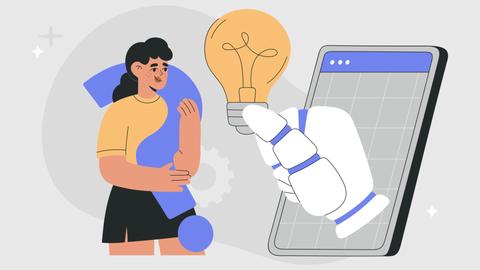
In modern universities, artificial intelligence, and in particular ChatGPT, is rapidly transforming from a controversial tool into a full-fledged student assistant.
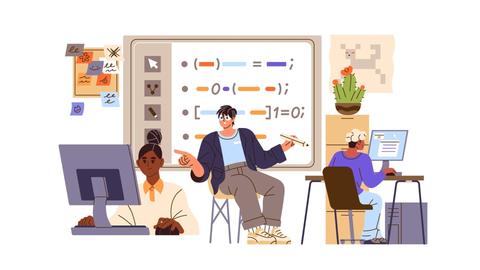
An innovative educational project is gaining momentum in UK primary schools, aiming to change attitudes towards video games.

The Massachusetts Institute of Technology (MIT) presents MIT Learn – a revolutionary online platform that opens a “new front door” to access university knowledge and resources.












 Test. What Should You Let Go of Before Winter Ends?
Test. What Should You Let Go of Before Winter Ends?
 How to Preserve Human Communication in a World of Technology
How to Preserve Human Communication in a World of Technology
 How to Restore Communication with People You Lost Contact With Long Ago
How to Restore Communication with People You Lost Contact With Long Ago
 Test. Which Ritual Should You Start Practicing This Winter?
Test. Which Ritual Should You Start Practicing This Winter?
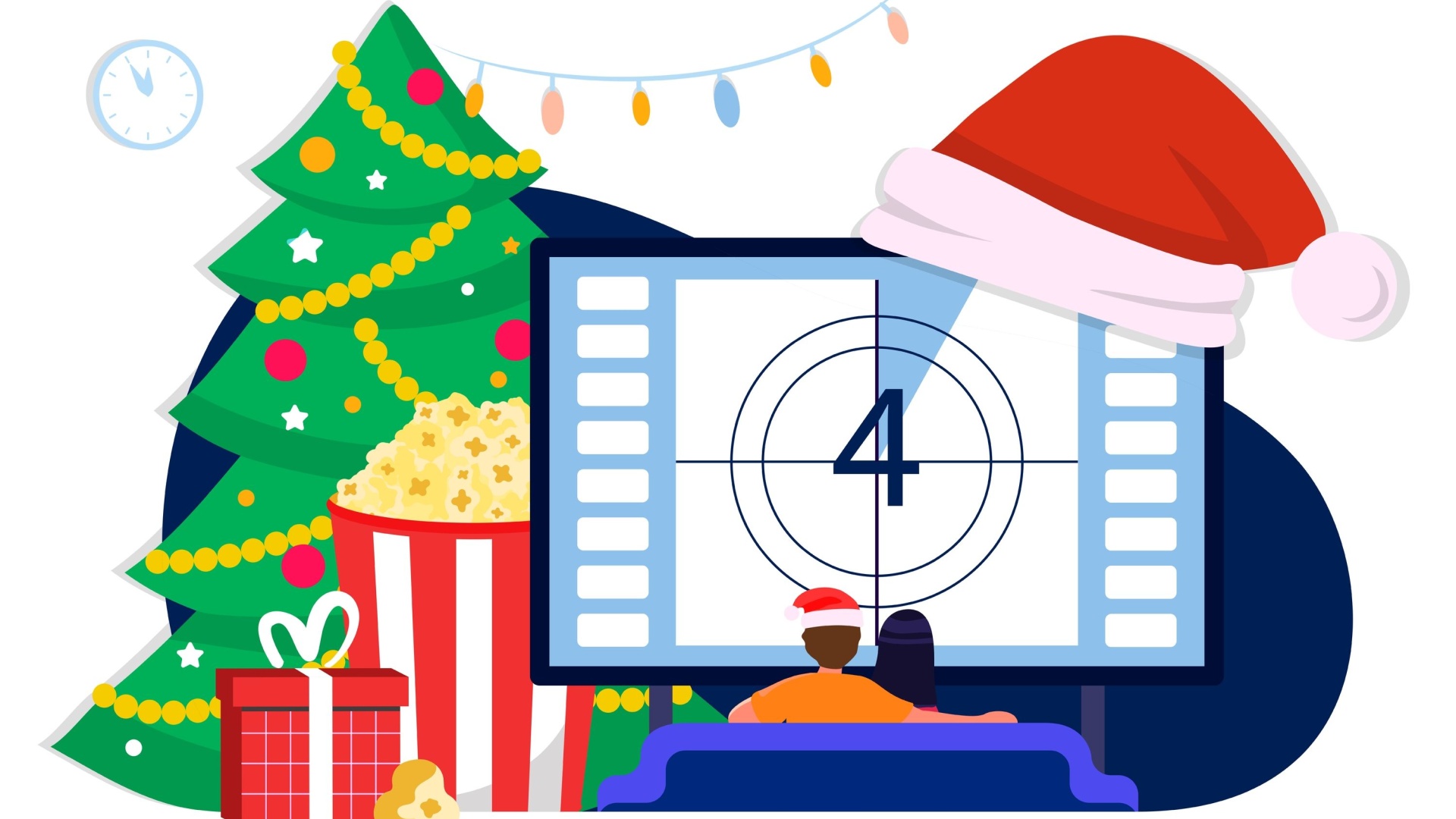 Which Christmas Movie Character Are You?
Which Christmas Movie Character Are You?
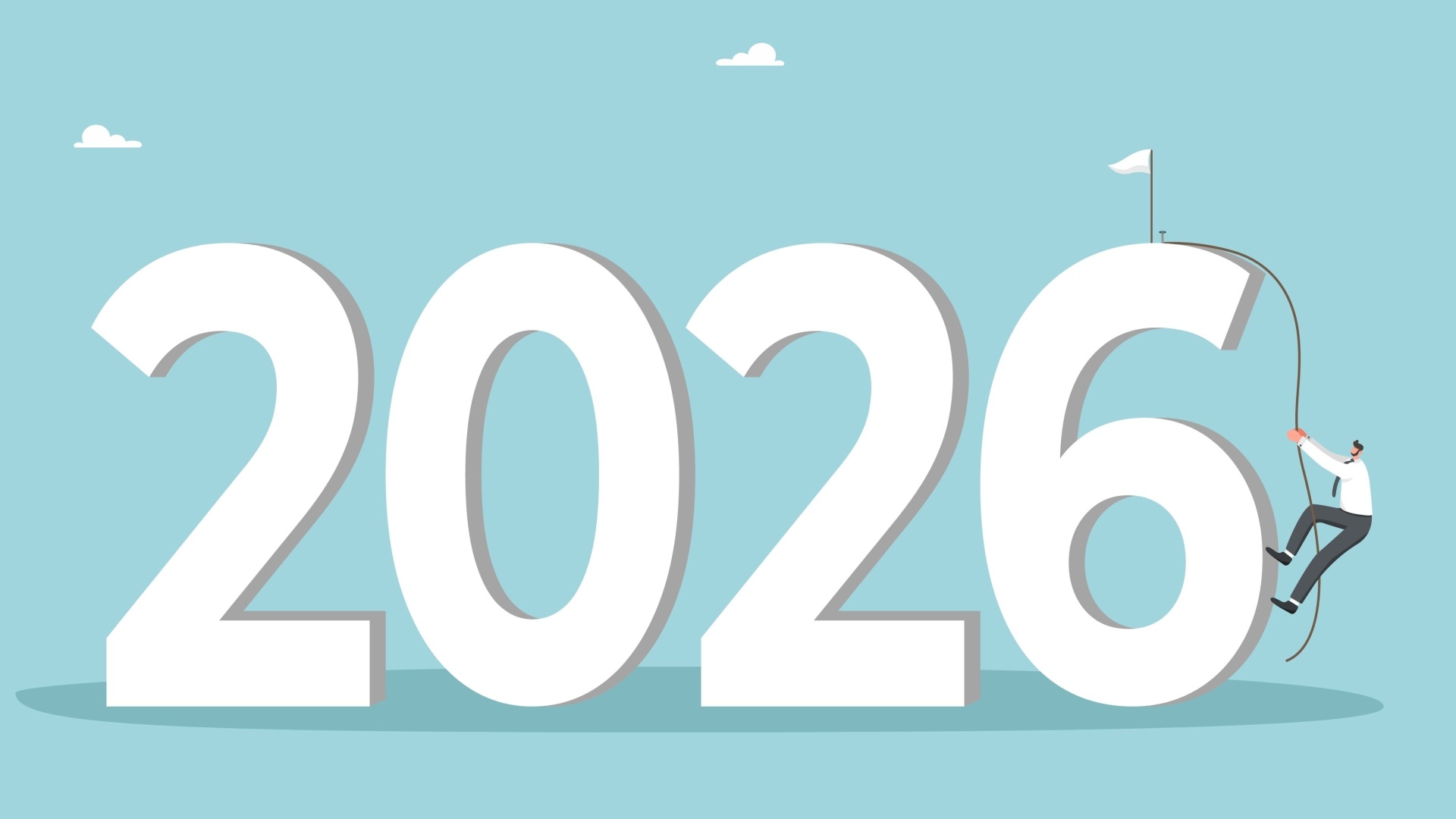 Test. What Career Goal Should You Set for Next Year?
Test. What Career Goal Should You Set for Next Year?
